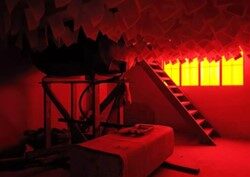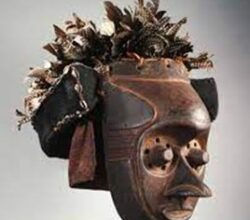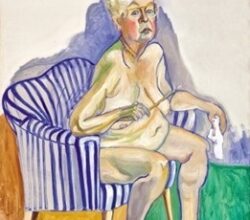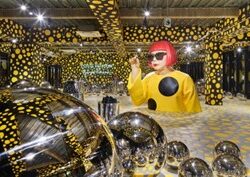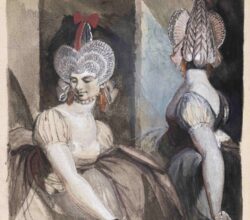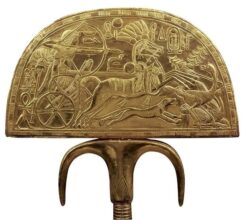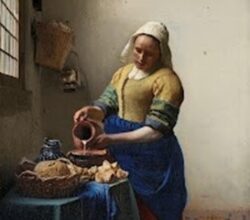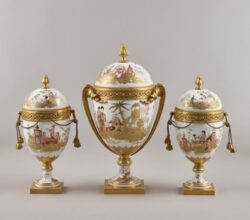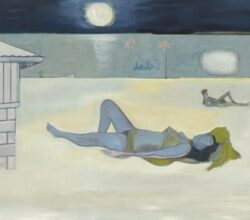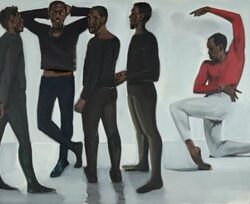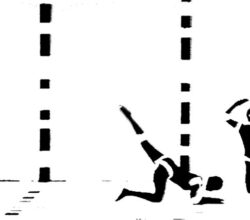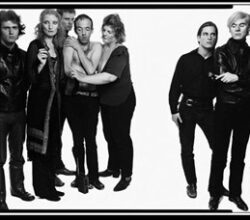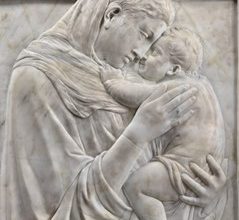
How Donatello shaped the Renaissance
Staff | The Economist | 14th February 2023
This Donatello show is attracting comments like ‘greatest ever sculptor’. Wow! Stand out works include his “schiacciato’, incredibly fine sculptural reliefs carved on thin sheets of white marble. Another stand out is his David, the first standing male nude since antiquity. And then there’s Attis-Amorino, a bronze cherub with falling down trousers, perhaps high on opium. By creating the sculptural aesthetic of the Renaissance, Donatello deserves to be its fourth great name.

